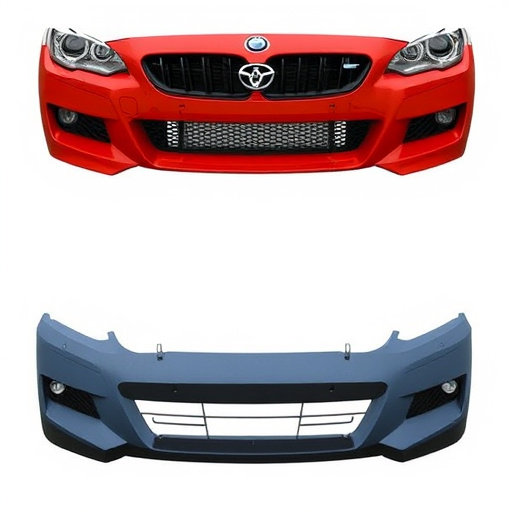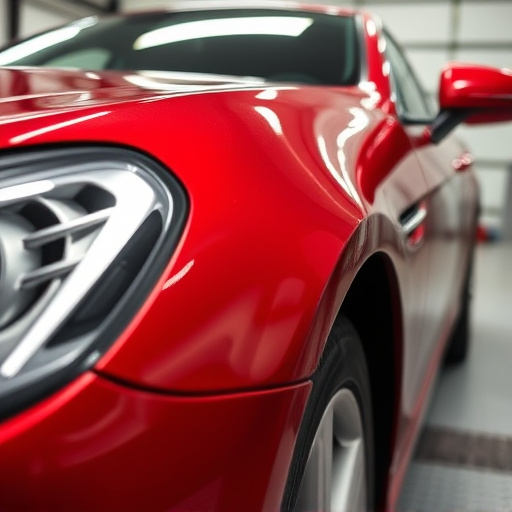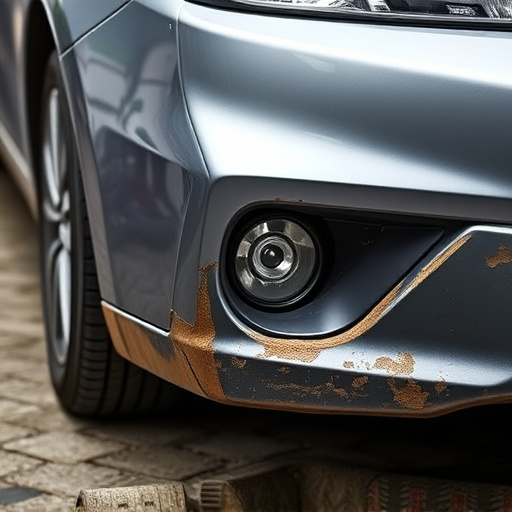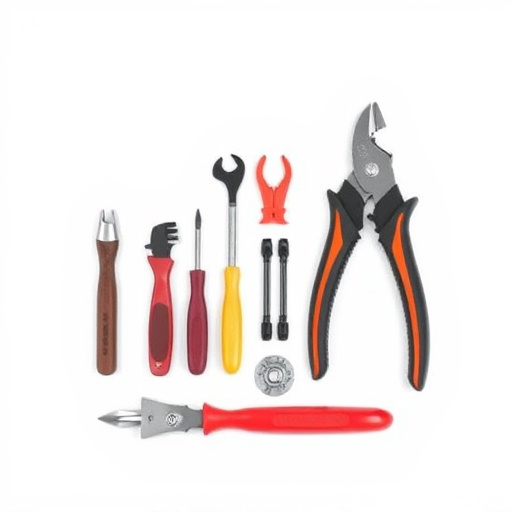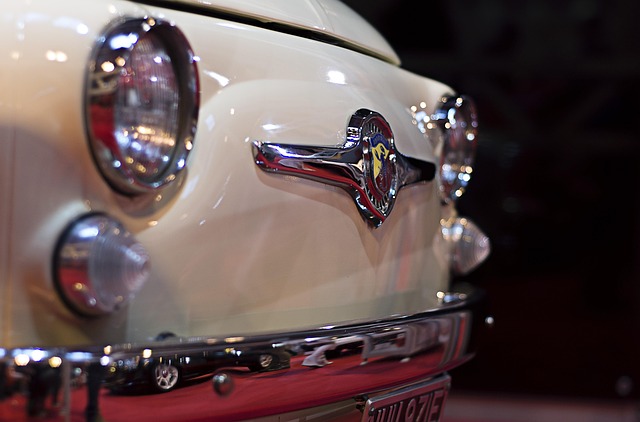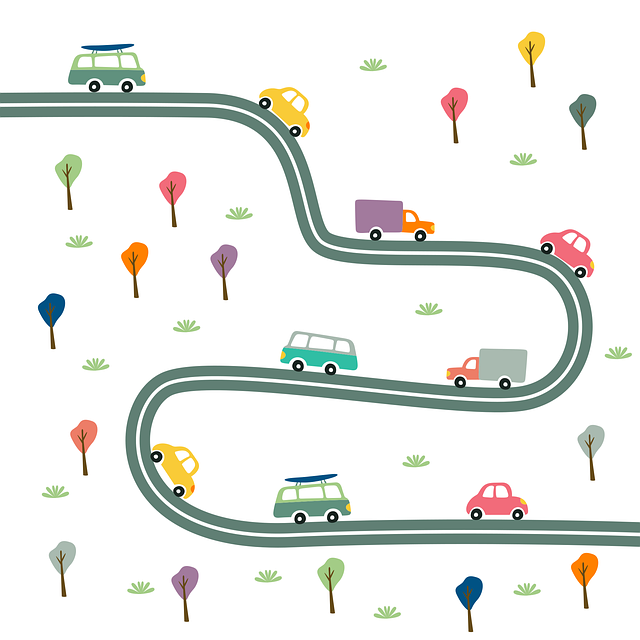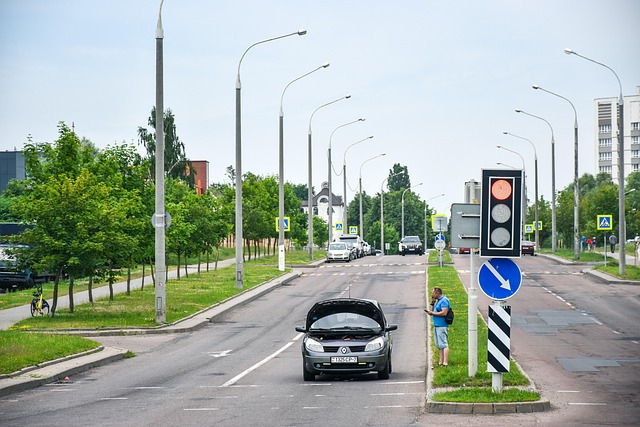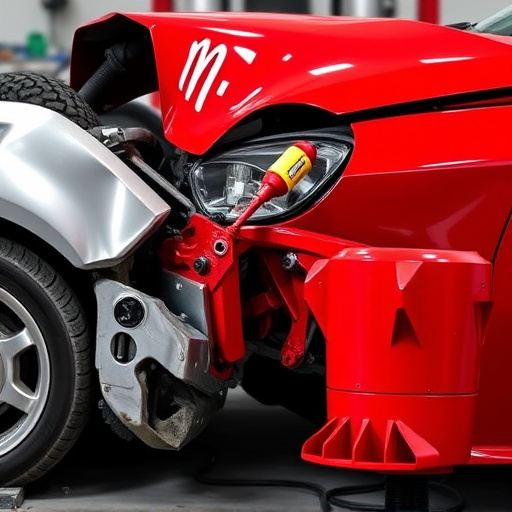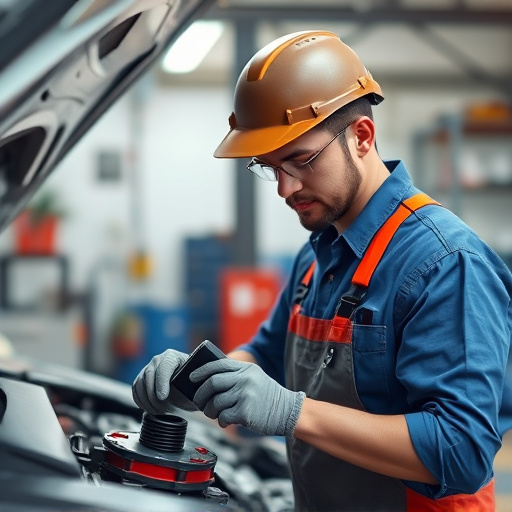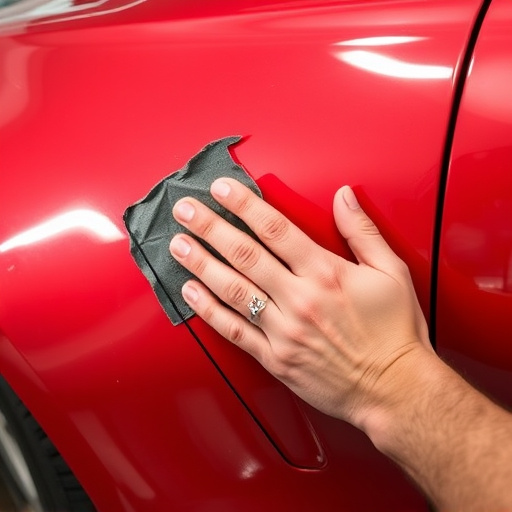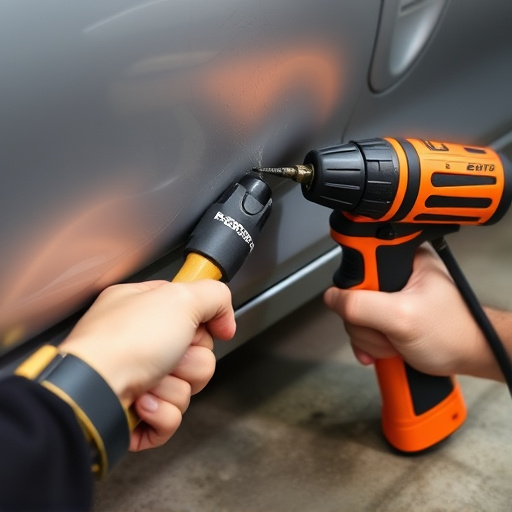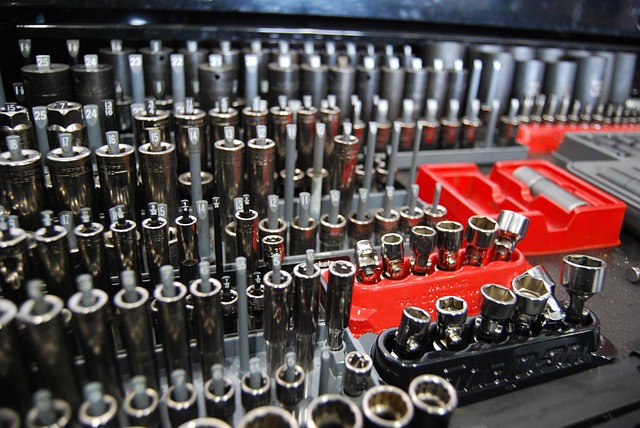Blending panels is a meticulous art in auto body collision repair, focusing on seamlessly merging repaired areas with original bodywork. Skilled technicians precisely match color, texture, and contour to conceal seams and repairs, maintaining both aesthetic and structural integrity. This expert technique prevents future issues and preserves the vehicle's longevity, especially after shifts, bends, or separations caused by collisions.
Blending panels without over-applying paint or clear coat is an art essential for automotive painters aiming for flawless finishes. This article delves into the intricate process of achieving seamless blends, addressing key aspects like understanding collision and precise application techniques. We explore effective methods such as wet-on-wet blending, leveraging mixing solutions, and practical tips for consistent color and finish across panels. Master these techniques to elevate your painting skills, ensuring every car body boasts a smooth, professional allure without excess paint or clear coat.
- Understanding Blending Panels and Collision
- – Define blending panels and collision in automotive painting
- – Explain the need for precise blending without over-applying
Understanding Blending Panels and Collision
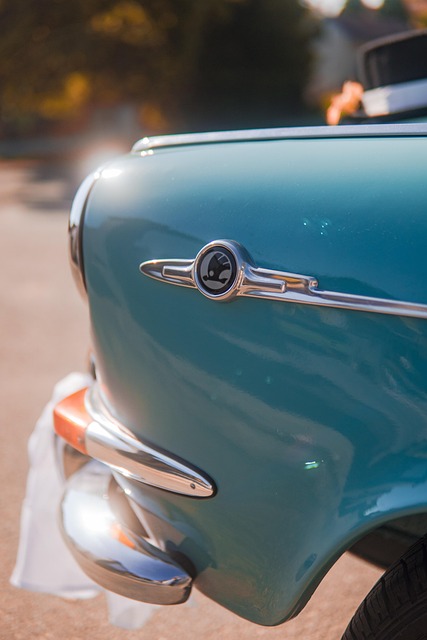
Blending panels is a crucial aspect of auto body work that involves seamlessly joining two or more pieces of metal to create a single, uniform surface. This process is often necessary after collision repair services, where damage may leave visible gaps or disparities in the car’s bodywork. Understanding blending panels starts with recognizing its role in restoring the vehicle’s aesthetic and structural integrity. It’s not just about applying paint or clear coat; it’s an art that ensures no trace of a previous collision remains, making the repaired area indistinguishable from the rest of the car.
Collision, as the term suggests, refers to instances where a vehicle experiences impact, leading to dents, scratches, and other forms of damage. Collision repair services aim to mitigate these effects, but the challenge lies in seamlessly integrating the repaired areas with the original bodywork. Skilled technicians achieve this through blending panels, a meticulous process that involves carefully matching the color, texture, and contour of the metal to create a flawless finish. This is not merely about achieving a visually appealing car restoration; it’s also about ensuring the structural soundness of the vehicle, as proper blending panels collision repair services can help prevent future issues arising from incomplete or incorrect repairs.
– Define blending panels and collision in automotive painting
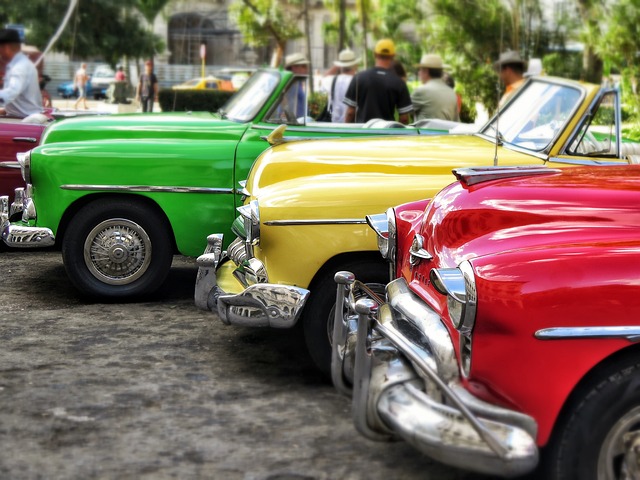
Blending panels refers to the meticulous process of combining distinct sections of paint on an automotive surface seamlessly, effectively concealing seams or previous repairs. This technique is particularly crucial when dealing with collision damage, where a vehicle’s car body repair might involve replacing or restructuring damaged panels. During a collision, panels can shift, bend, or even separate, creating visible gaps or misalignments that require precise blending to match the original finish.
Automotive painting involves layering base coats, color coats, and clear coats to achieve a durable, protective, and aesthetically pleasing surface. When merging repaired panels with existing paintwork, the goal is to avoid over-applying these layers, which can lead to an unsightly, thick, or uneven finish. Instead, skilled technicians use specialized techniques and tools to seamlessly integrate new and original paint areas, ensuring a paintless dent repair that maintains the vehicle’s overall aesthetic value and longevity.
– Explain the need for precise blending without over-applying
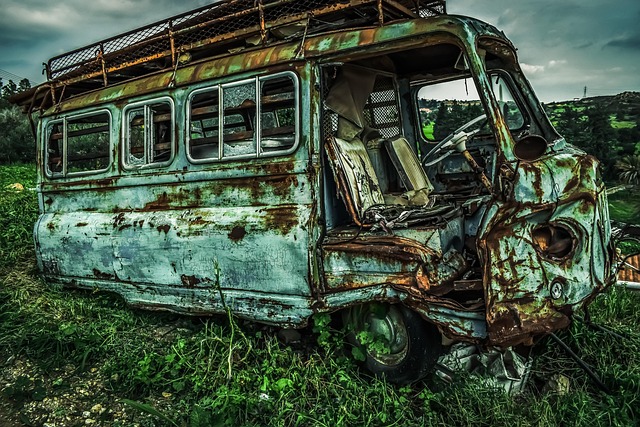
When blending panels during auto collision repair or car paint repair, precise application is key to achieving a seamless finish. Over-applying paint or clear coat can lead to visible lines, bubbles, and an uneven surface, especially in the intricate details of car bodywork. Skilled technicians understand that less is often more when it comes to these delicate processes, ensuring a professional result that matches the vehicle’s original design.
The art of blending involves carefully matching colors and textures to create a seamless transition between panels. This meticulous technique is crucial, as it hides the point of collision or repair, maintaining the car’s aesthetic integrity. By controlling the amount of material applied, technicians can avoid over-filling gaps or adding excessive clear coat, which could distort the panel’s natural curve or leave unsightly marks.
When blending panels during automotive painting, precision is key. By understanding the technique and avoiding over-application of paint or clear coat, you can achieve a seamless finish that hides collisions and ensures the vehicle’s aesthetic appeal. This balanced approach to blending not only enhances the visual quality but also preserves the integrity of the panel joints, making it a crucial skill for any automotive painter.
